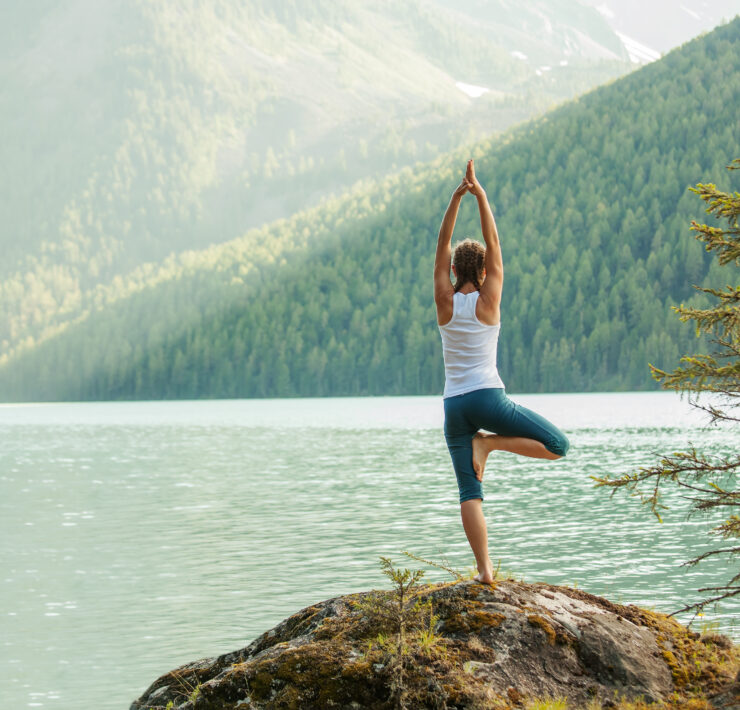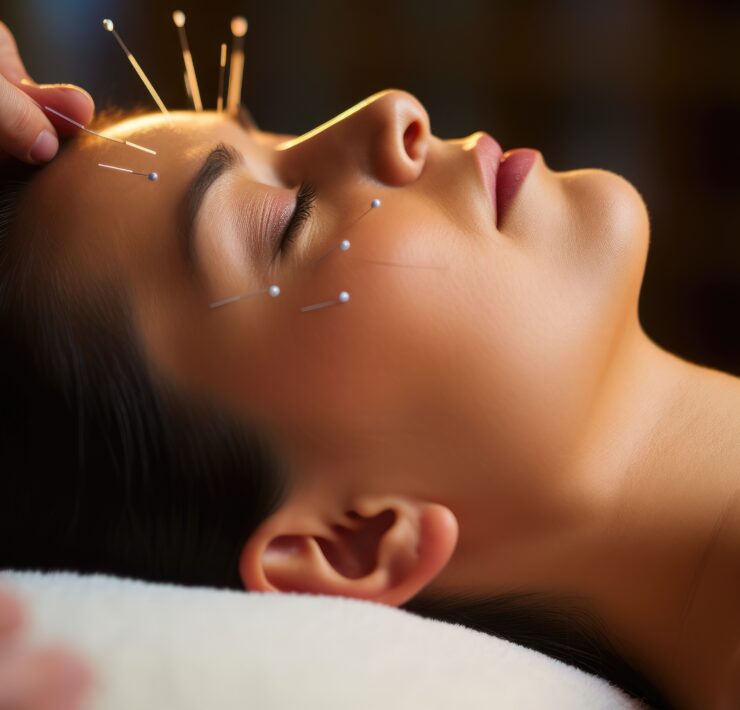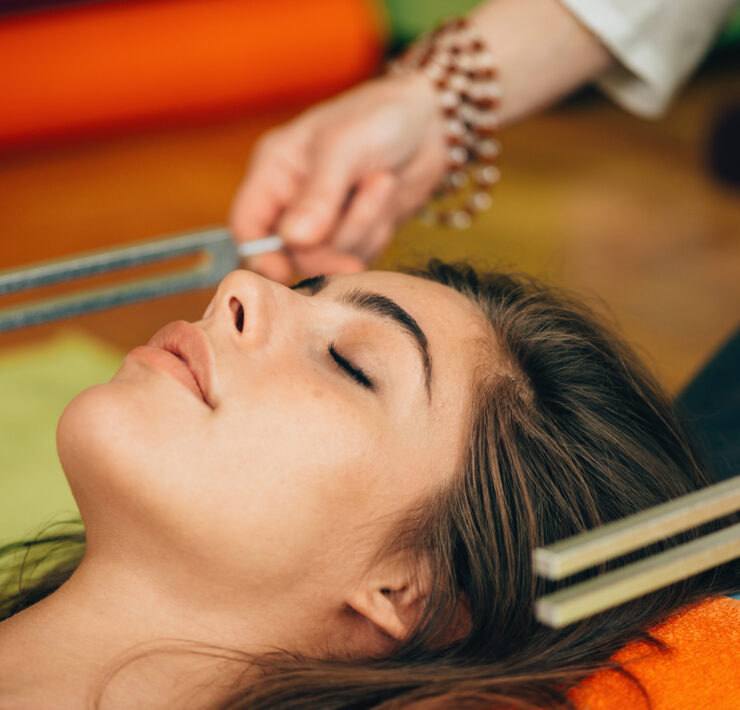Padel Fever: From Miami’s Elite to SF’s Bay Area Boom

Reed Berglund is a dynamic entrepreneur, tech startup investor, and…
Mark Sue, an accomplished CFO and resident of Palo Alto,…
As we gear up for the Reserve Cup in Miami, the city buzzes with anticipation for what’s undoubtedly the event of the season, boasting a prize pool of over $400,000 for the top 14 players in the country. But even as the excitement builds in Miami, my focus—and, dare I say, my latest obsession—shifts to the burgeoning padel scene in the Bay Area. This sport has captivated me, bordering on addiction, with its unique blend of competitive zeal, luxury social gatherings, and an unmatched lifestyle that’s quickly taking root in one of America’s most dynamic regions.
We are on a mission to uncover and narrate the unfolding story of padel in the Bay Area, intending to mirror the glitz and competitive spirit of the US’s padel scene from the East Coast with the Bay’s distinctive vibe. Padel, a sport that’s rapidly claiming its stake as one of the fastest-growing in the U.S., offers more than just a game; it’s a lifestyle, a community, and a new frontier for athletes and socialites alike. Join us as we dive into this vibrant world, exploring how the Bay Area is putting its unique spin on the global phenomenon of padel, and why everyone from tech moguls to sports aficionados is getting hooked.
The Miami Genesis: Padel’s Luxurious American Debut
Miami, a city synonymous with luxury and vibrant energy, has emerged as the epicenter (IMO) of padel in the United States, thanks in large part to high-profile celebrity investments and the rise of exclusive padel clubs. At the heart of this padel revolution is Wayne Boich, a visionary entrepreneur who recognized the potential of padel to captivate the American audience. His establishment of Reserve Padel has not only elevated the sport’s profile but has also set a new standard for luxury sports clubs in the country.
Reserve Padel, under Boich’s leadership, has become more than just a sports facility; it’s a lifestyle brand that merges the competitive nature of Padel with the opulence of Miami’s social scene. With its flagship location in Miami, Reserve has quickly become a hub for both padel enthusiasts and the city’s elite, offering an unparalleled experience that includes state-of-the-art courts, upscale amenities, and exclusive events. The club’s success is a testament to Boich’s vision of creating a community around Padel, one that’s as focused on the sport as it is on social connections and luxury living.
The impact of celebrities on Padel’s rising popularity in Miami cannot be overstated. Icons like David Beckham and Dwyane Wade have not only been spotted playing at Reserve but have also become vocal advocates for the sport. Their involvement has sparked interest among their vast followings, bringing Padel into the mainstream and solidifying its status as a sport worthy of attention in the competitive American sports landscape.
This celebrity influence, combined with the luxury backdrop of clubs like Reserve Padel, has catapulted Padel to the forefront of Miami’s sporting scene, attracting a diverse audience from seasoned athletes to socialites looking for their next favorite pastime. It’s this unique blend of competition, luxury, and lifestyle that has set Miami apart as the launching pad for Padel’s expansion across the U.S.
Looking ahead, Reserve has set its sights on massive expansion plans, with a presence already established in New York and plans to extend into other major cities. This strategic growth underscores the burgeoning demand for padel in the U.S. and highlights the Reserve’s commitment to leading the charge. As Padel continues to grow in popularity, the role of Miami and visionaries like Wayne Boich in shaping the sport’s trajectory in America is undeniable. With every smash and serve padel is fast becoming not just a sport but a movement, with Miami at its pulsating heart.
Padel’s Unique Appeal
What sets Padel apart, and why is it attracting such a wide array of players across the United States? The answers lie in the sport’s inherent characteristics: its social nature, ease of learning, and the comprehensive physical workout it offers.
The Social Fabric of Padel
Padel stands out for its deeply social, luxurious, and dynamic nature, contrasting with the backyard-friendly setup of pickleball—a feature that has its own charm. Distinguished from tennis’s often solitary play, padel thrives on doubles matches that naturally foster a sense of team spirit and camaraderie. The compact court size not only makes the sport more approachable but also promotes ongoing interaction among players, positioning it as a perfect choice for social events. The ambiance of padel, particularly in upscale venues like Reserve Padel, is crafted to nurture community bonds and inclusivity, welcoming enthusiasts from diverse walks of life into a space where connections flourish as rapidly as the gameplay itself.
Ease of Learning and Accessibility
One of Padel’s most compelling features is its ease of learning. The rules are simple, and the scoring system mirrors that of tennis, making it approachable for newcomers. The equipment—padel rackets, which are solid without strings—along with the under-pressurized balls, contribute to a game that players can quickly adapt to, regardless of their skill level. This accessibility has made Padel a popular choice not just among seasoned racket sports enthusiasts but also among those new to such activities.
Physical Benefits
Padel offers a dynamic workout that combines cardiovascular exercise with muscle strengthening and coordination. The game’s fast pace ensures a high-energy workout, while the strategic play involved in using the walls adds a unique cognitive challenge, enhancing mental agility. These physical benefits make padel a holistic fitness activity that appeals to health-conscious individuals looking to diversify their exercise routines.
Padel vs. Pickleball: A Comparative Glance
While Padel’s rise in the U.S. would love to be compared to pickleball, the two sports cater to slightly different demographics and cultural niches. Pickleball, known for its simplicity and minimal equipment requirements, has become a favorite amongst the majority and those looking for a low-impact physical activity. To delve deeper into how padel and pickleball differ in terms of gameplay, check out our comprehensive comparison. Padel, on the other hand, tends to draw a younger, more dynamic crowd, attracted to the sport’s competitive nature and social settings. Padel, on the other hand, tends to draw a younger, more dynamic crowd, attracted to the sport’s competitive nature and social settings.
Moreover, padel’s association with luxury clubs and celebrity endorsements in the U.S. has positioned it as a lifestyle sport, blending athletic pursuit with social prestige. This contrasts with pickleball’s more grassroots growth, which has seen it spread through community centers and public parks, emphasizing inclusivity and widespread accessibility.
The Bay Area Boom: Padel’s Westward Expansion
The introduction of padel to the Bay Area marks a significant chapter in the sport’s American journey, showcasing its adaptability and appeal beyond Miami’s glamorous confines. This expansion has been met with enthusiasm and curiosity, as new facilities open their doors to a community eager to embrace Padel’s unique blend of sport and social interaction.
One of the pivotal locations spearheading Padel’s growth in the region is Bay Padel on Treasure Island, a state-of-the-art facility that has quickly become a hub for the sport. Offering stunning views of the San Francisco skyline and the Bay Bridge, Bay Padel provides an unmatched setting for both newcomers and seasoned players to discover and enjoy the game. Similarly, Park Padel in Embarcadero, though distinct in its urban setting, has become a beacon for the Bay Area’s burgeoning padel scene.
Its innovative approach to merging sport with scenic beauty, right at the heart of San Francisco, serves as a model for integrating padel into vibrant city life. The success of Park Padel, with its focus on accessibility and community engagement, inspires other facilities to pursue a harmonious blend of luxury, sport, and wellness, tailored to the unique rhythms of urban living.
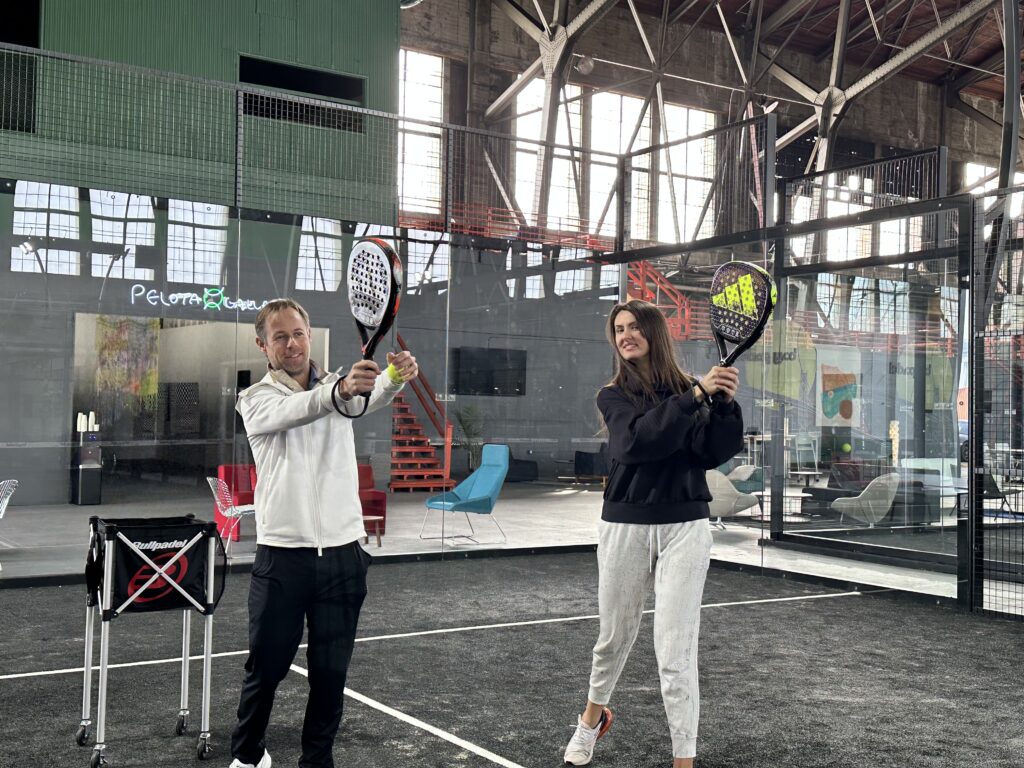
The Bay Area’s padel enthusiasts form a tapestry as diverse as the region itself. Tech entrepreneurs, drawn by the sport’s innovative edge and networking potential, stand alongside international transplants who bring with them a passion for padel from countries where the sport has long been a favorite. This melting pot of backgrounds contributes to a rich, inclusive padel culture that’s as much about forging connections off the court as it is about competition on it. For those who enjoy outdoor activities beyond the panel, there are also fantastic biking paths near other vibrant cities. For instance, if you find yourself in Atlanta, you can explore some great biking trails by checking out this guide to biking paths near Atlanta.
Facilities like Bay Padel and Park Padel are more than just sports venues; they are community centers where individuals gather to share experiences, learn from one another, and build relationships that extend beyond the game. The welcoming atmosphere and emphasis on inclusivity have been key factors in padel’s positive reception in the Bay Area, positioning the sport as a lifestyle choice for those seeking fitness, fun, and fellowship.

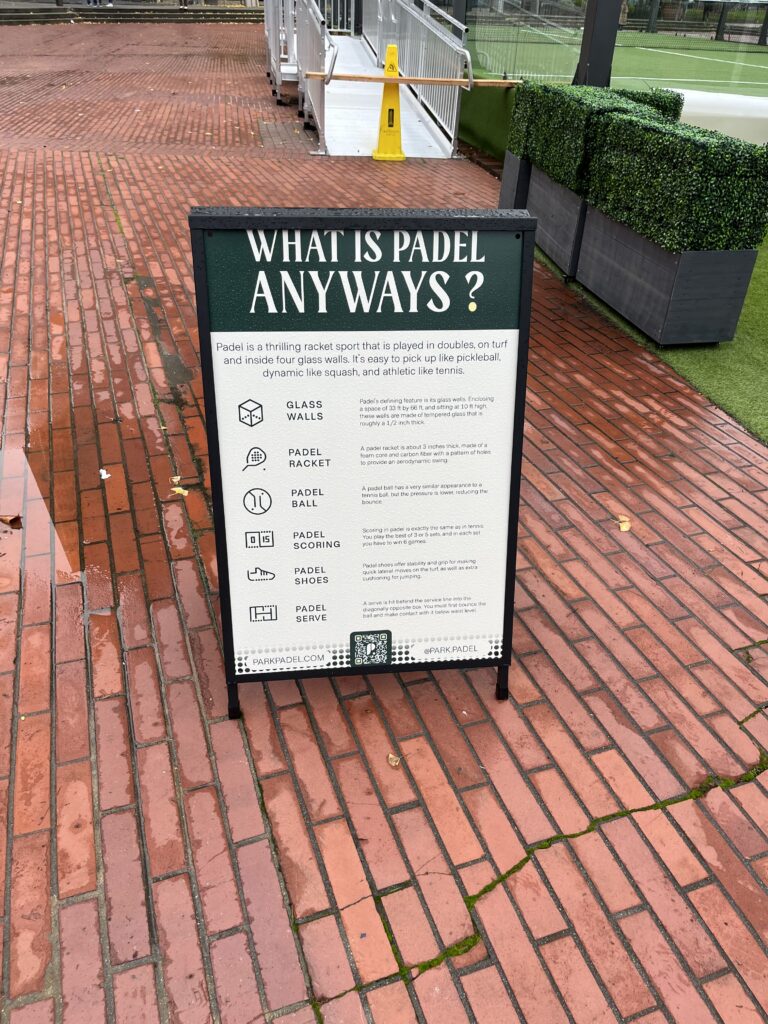

As Padel continues to thrive in the Bay Area, the region exemplifies how the sport can bridge communities, cultures, and interests, creating a unifying experience that resonates with a wide audience. The enthusiastic embrace of padel in the Bay Area not only underscores the sport’s potential for growth across the U.S. but also highlights the universal appeal of a game that transcends traditional boundaries of sport and society.
Expansion and Investment
As padel courts multiply from Miami’s luxury venues to the Bay Area’s innovative spaces, a significant part of this growth can be attributed to the formation of professional leagues, such as the Pro Padel League (PPL), which have elevated the sport’s visibility and competitive allure.
The Pro Padel League, in particular, represents a milestone in Padel’s U.S. journey, offering a structured platform for elite players to compete while also engaging sports enthusiasts and attracting a broader audience. The league’s establishment has spurred interest in Padel, highlighting its potential as a professional sport and encouraging further investment in padel facilities and talent development across the country.
A pivotal moment in the sport’s global and U.S. expansion came with the acquisition of the World Padel Tour (WPT) by Qatar Sports Investments (QSI) in August 2023. This acquisition signaled a new era for Padel, merging the WPT with Premier Padel to form a unified global professional tour under the governance of the International Padel Federation (FIP). With QSI’s investment, Premier Padel is set to become the preeminent circuit in the sport, showcasing the best talent worldwide and governed by the sport’s official body.
This unification under QSI’s stewardship resolves previous disputes and aligns the sport’s leading entities, setting a strong foundation for growth and stability. For the U.S. padel scene, this development holds significant implications, promising to elevate the sport’s profile on the international stage and attract further investment into U.S. padel infrastructure. It also ensures that American players and fans will be part of a truly global padel community, with opportunities to participate in international tournaments and events.
Moreover, the involvement of entities like Qatar Sports Investments reflects padel’s rising status as a lucrative and prestigious sport. It underscores the economic potential of padel, not just as a game but as a global sporting phenomenon capable of driving growth, innovation, and cross-cultural exchange.
As Padel continues to flourish in the U.S., buoyed by strategic investments and the formation of professional leagues, its future looks promising. The sport is poised for exponential growth, with the potential to redefine the American sports landscape and establish itself as a mainstay in the competitive and recreational sporting world.
The Future of Padel in the US
As Padel continues to carve its niche in the United States, its trajectory points towards significant growth influenced by urban development, investment influx, and evolving cultural trends. The sport’s burgeoning popularity, underscored by the strategic expansion of facilities and the establishment of professional leagues, suggests a bright future. However, navigating the landscape of American sports, padel faces both challenges and opportunities as it vies for a permanent spot in the mainstream.
Urban Development and Padel’s Growth
The integration of padel courts into urban settings, from luxury clubs in Miami to innovative spaces in the Bay Area, reflects a broader trend toward urban development that prioritizes health, wellness, and community engagement. As cities continue to evolve, with a growing emphasis on inclusive recreational spaces, padel stands to benefit. Its relatively small court size and adaptable infrastructure make it an ideal addition to urban landscapes, potentially increasing access to the sport across diverse communities.
Investment and Cultural Trends
The influx of investment, highlighted by Qatar Sports Investments’ acquisition of the World Padel Tour, not only solidifies padel’s global status but also signals confidence in its market potential in the U.S. This financial backing, combined with the sport’s cultural appeal as a social, accessible, and health-oriented activity, positions padel for mainstream adoption. As American consumers continue to value experiences that promote wellness and connection, padel’s community-centric model is increasingly relevant.
Looking Ahead
As Padel looks to the future, its success in the U.S. will likely hinge on a multifaceted strategy that includes grassroots community building, strategic partnerships with schools and local governments, and continued investment in high-quality facilities. Cultivating a culture around padel, complete with leagues, tournaments, and social events, will be crucial in elevating the sport from a niche pastime to a nationwide phenomenon.
Conclusion
From the sunlit courts of Miami to the innovative spirit of the Bay Area, padel’s rise in the United States is a story of rapid growth, community building, and the universal appeal of a sport that transcends traditional boundaries. Its journey from being a niche pastime to becoming a sought-after activity among the elite and casual players alike showcases the sport’s unique ability to blend competitiveness with social interaction, all within the luxurious to accessible environments of clubs like Reserve Padel and the burgeoning facilities like Bay Padel and Park Padel in the Bay.
Join the Padel Revolution
As Padel continues to captivate hearts and ignite passions from coast to coast, we invite you to become part of this vibrant community. Whether you’re drawn to the competitive thrill, the social camaraderie, or the pursuit of wellness, padel offers something for everyone.
We are thrilled to announce that the Padel Playhouse weekly experiences, along with our premiere event, Love & Padel, are set to make a splash in the Bay Area. Our vision is to transform Padel into an epic monthly experience that you won’t want to miss. To ensure you’re part of this exciting journey, sign up for our waitlist to receive the latest updates on these experiences and more.
Don’t miss out on the opportunity to explore Padel for yourself. Discover local padel clubs, join upcoming events, and immerse yourself in the sport that’s sweeping the nation. Whether you’re in Miami, the Bay Area, or anywhere in between, padel’s community awaits you with open arms.
Sign up for the waitlist now and be the first to experience the thrill of padel in the Bay Area. Let’s make every match memorable, and together, elevate Padel to new heights in the American sports landscape. Welcome to the family. Welcome to Padel Playhouse.
Reed Berglund is a dynamic entrepreneur, tech startup investor, and a true enthusiast of sports and body movement. With a passion for marketing technology, the DTC space, and wellness, Reed is the CEO and co-founder of Breathe Media, a Miami-based company dedicated to promoting wellness and mindfulness through hyper-local content. Reed's diverse journey from playing collegiate basketball at the University of Las Vegas to his love for sports such as tennis, padel, and surfing has shaped his profound appreciation for movement and adventure.
Mark Sue, an accomplished CFO and resident of Palo Alto, brings a unique perspective to the wellness and community-building space. With extensive experience in tech startups and a personal commitment to addressing the loneliness pandemic, Mark now serves as the CFO of Breathe, where he champions the mission of enriching lives through meaningful connections. Mark is a dedicated family man, devoted to his wife, three children, and their shared love for active pursuits like pickleball and Padel.



